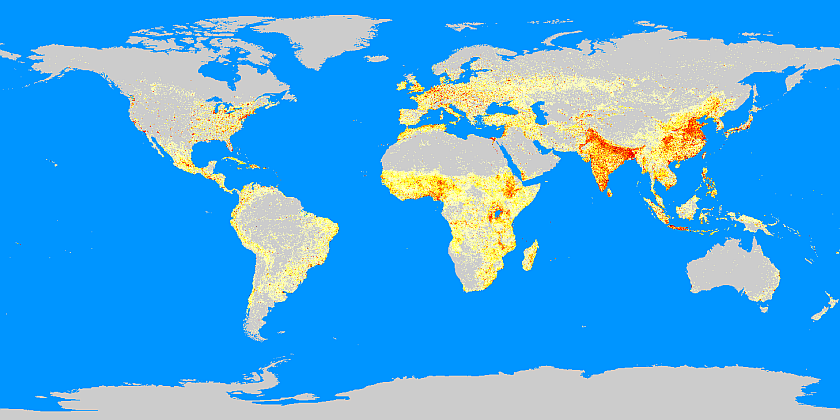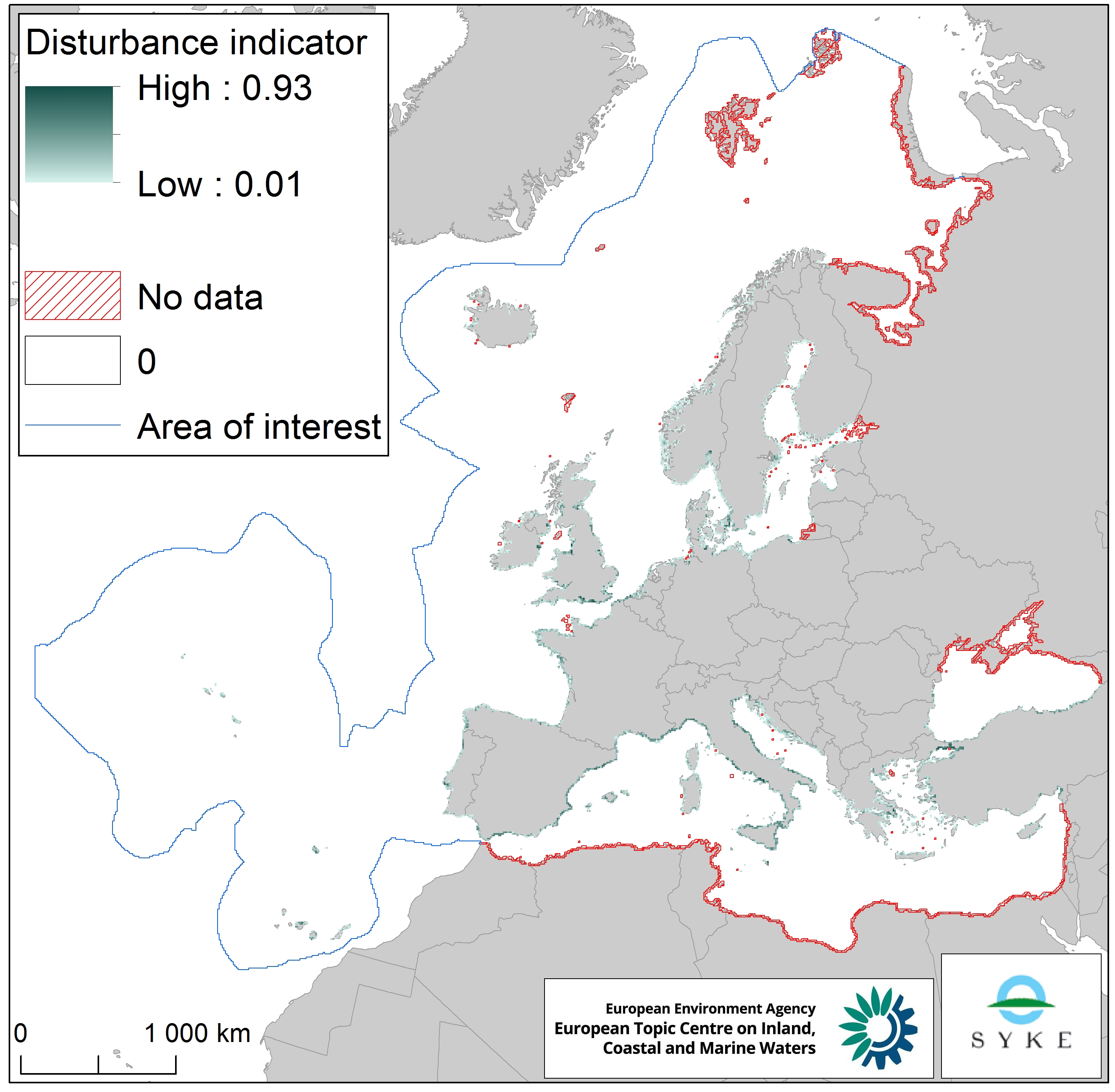population density
Type of resources
Available actions
Topics
INSPIRE themes
Keywords
Contact for the resource
Provided by
Years
Formats
Representation types
Update frequencies
status
Resolution
-

Raster data on population density using Corine Land Cover 2000 inventory. Data are available at 100 meters resolution.
-

This dataset contains the number of inhabitants per km² for the reference year 2006 and located within the Grid_ETRS89-LAEA_1K. The data set should be referred to GEOSTAT_Grid_POP_2006_1K. The dataset is compiled from the following data sources: aggregated residential population for the year 2006 (AT, SE, FI, SI, NL); estimated residential population for the year 2006 based on mixed national sources (EE, PT, FR, NO, PL, UK (England, Wales)); disaggregated residential population for the year 2006 using using population statistics at LAU2 level for 2006 as data input and Soil Sealing and Corine LC 2006 (BE, BG, CH, CZ, DE, EL, ES, HU, IE, IS, IT, LI, LT, LU, LV, MT, RO, SK, UK (Scotland, Northern Ireland) as ancillary data for the disaggregation. No data available for CY due to absent LAU2 data for Cyprus for the reference year 2006. The dataset is based on a product of the GEOSTAT project which is supported by the European Commission and the European Forum for Geostatistics EFGS. This abstract is based on the abstract provided with the original dataset (CSV file).
-

Using an innovative approach with Geographic Information Systems and Remote Sensing, ORNL’s LandScan is the community standard for global population distribution. At 30 arc-second (approximately 1 km) resolution, LandScan is the finest resolution global population distribution data available and represents an “ambient population” (average over 24 hours). The LandScan algorithm, an R&D 100 Award Winner, uses spatial data and imagery analysis technologies and a multi-variable dasymetric modeling approach to disaggregate census counts within an administrative boundary. LandScan population data are spatially explicit - unlike tabular Census data. Since no single population distribution model can account for the differences in spatial data availability, quality, scale, and accuracy as well as the differences in cultural settlement practices, LandScan population distribution models are tailored to match the data conditions and geographical nature of each individual country and region. Purpose: LandScan Global was developed for the U.S. Department of Defense and is used for rapid consequence and risk assessment as well as emergency planning and management. Detailed information are to be found in cover_letter_ls13.pdf
-

The raster dataset represents the intensity of species disturbance due to human presence along European coastlines. The dataset was created by combining the coastal urbanisation layer derived from Corine Land Cover 2012 (with the percentage of urbanised coastline per EEA 10 km grid cell) and the population density layer based on EUROSTAT NUTS 2016 data (with the population density in the NUTS 3 region corresponding to the coastal EEA 10 km grid cell). The dataset does not cover southern and western Mediterranean Sea, northern Black Sea and northernmost Atlantic Ocean. The dataset was prepared for the combined effect index produced for the ETC/ICM Report 4/2019 "Multiple pressures and their combined effects in Europe's seas" available on: https://www.eionet.europa.eu/etcs/etc-icm/etc-icm-report-4-2019-multiple-pressures-and-their-combined-effects-in-europes-seas-1.
 RUC Geo-Data catalogue
RUC Geo-Data catalogue